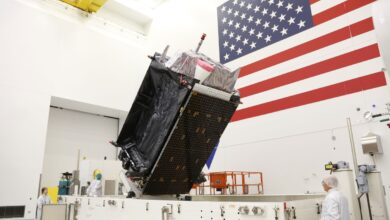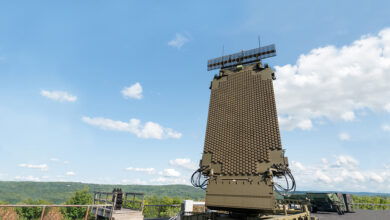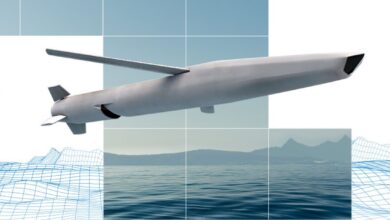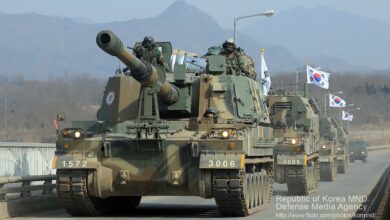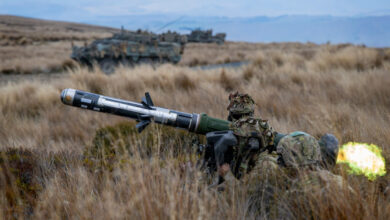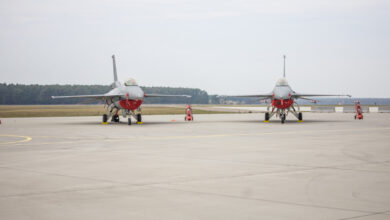L3Harris segment Aerojet Rocketdyne has partnered with Lockheed Martin to provide propulsion capabilities for the US Missile Defense Agency’s Next Generation Interceptor (NGI) program.
The effort is part of the US Department of Defense’s objective to employ an initial line of defense countering long-range ballistic missile threats.
Lockheed Martin won the contract to assemble the NGI platform over Northrop Grumman in April 2024.
The Missile Defense Agency expects to receive the first resulting interceptor of the program as early as 2027.
“Our propulsion technology has powered the nation’s missile defense for decades,” L3Harris CEO and Chair Christopher Kubasik remarked.
“As the industry-leading propulsion provider to all [Missile Defense Agency] interceptor programs currently in production, our team has the expertise needed to provide this specialty propulsion to defend the homeland from evolving threats.”
The NGI Program
Lockheed revealed in August 2023 that its NGI model had achieved all subsystem preliminary design reviews.
One year earlier, the company demonstrated the radio-based communications system of the future interceptor across austere environments.
Lockheed, along with Northrop, received a $1.6 billion award in 2021 to initiate the design process for the NGI procurement’s technology development and risk reduction phase.

“NGI plays an important role in our homeland defense, and our acquisition strategy is ensuring the department maximizes innovation to keep pace with rapidly advancing threats,” the Pentagon said during the NGI design announcement.
“NGI is the result of the first holistic technical assessment of homeland defenses the department has conducted since initial system operations began in 2004.”
“Once fielded, this new homeland defense interceptor will be capable of defeating expected threat advances into the 2030s and beyond.”



